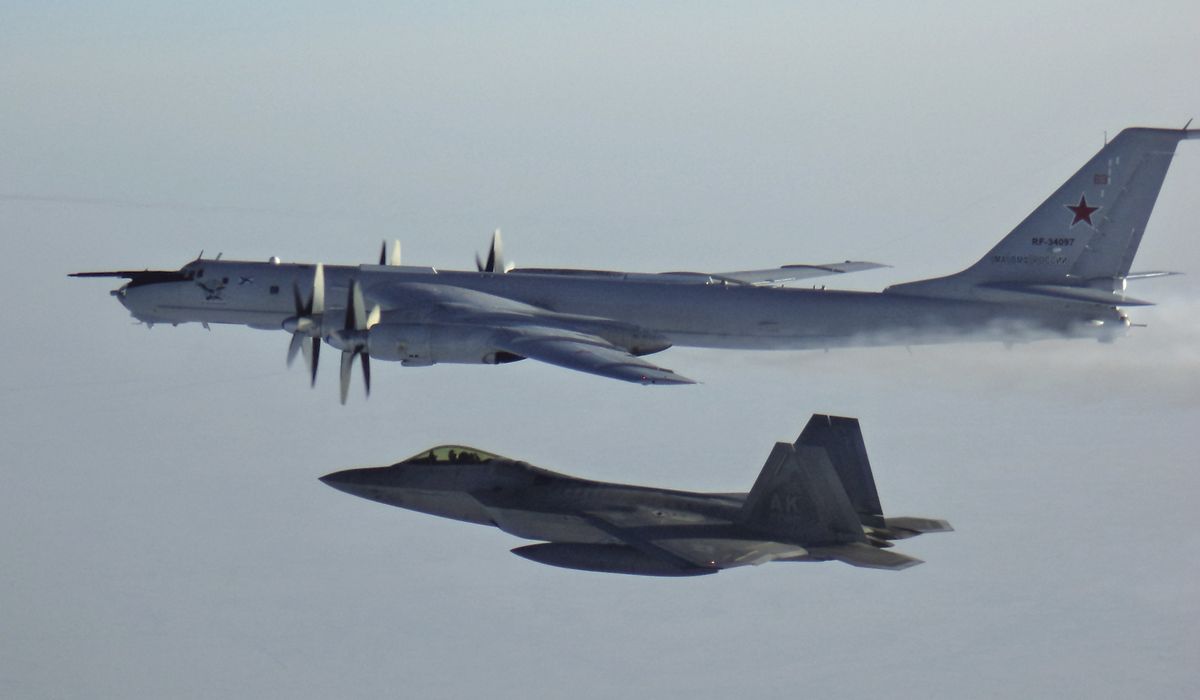The United States on Sunday officially pulled out of the Open Skies Treaty, a nearly 20-year-old international agreement allowing nations to conduct unarmed surveillance flights over each other’s territory to collect data on military forces.
The move marked the end of a six-month notification process to Russia and other signatory nations.
President Trump and other critics have said the treaty isn’t in the U.S. national interest and have accused Russia of barring U.S. reconnaissance flights over regions such as Kaliningrad, where nuclear weapons are suspected of being present.
“Six months having elapsed [since the May 22 notification], the U.S. withdrawal took effect on Nov. 22, 2020, and the United States is no longer a state party to the Treaty on Open Skies,” State Department spokesman Cale Brown said Sunday in a statement.
Rep. Mike McCaul of Texas, the ranking Republican on the House Foreign Affairs Committee, said the treaty was designed as a “tool for peace” that Russian President Vladimir Putin used as a “tool for war.”
“Russia has been in clear violation of the treaty for years, denying the United States and our allies overlight of Kaliningrad and the Georgia-Russia border,” Mr. McCaul said when the pullout announcement was made in May.
Leading Democrats such as Senate Minority Leader Charles E. Schumer of New York and Sen. Bob Menendez of New Jersey, the ranking member of the Senate Foreign Relations Committee, said they were aware of the problems with the Open Skies Treaty in a letter to Secretary of State Mike Pompeo and former Defense Secretary Mark Esper.
“The issues presented, however, do not negate the positive impact of the Open Skies Treaty,” the letter stated. “The United States has in fact taken action to counter Russia’s violations by limiting overlights of the Pacific Fleet in Hawaii and Fort Greely in Alaska.”
The Trump administration previously had withdrawn from the Intermediate Range Nuclear Forces treaty with Russia and the 2018 multilateral Iran nuclear accord.
“We will not allow Russia’s repeated violations to undermine America’s security and our interests,” a Pentagon official said in May when the withdrawal announcement was made. “Russia had increasingly used the treaty to support propaganda narratives in an attempt to justify Russian aggression against its neighbors and may use it for military targeting against the United States and our allies.”
The U.S. used OC-135B jet transports to monitor compliance with the arms control treaty.
Since its primary mission is to take pictures, most of the installed equipment and systems provide direct support to the camera and camera operator. A flight could hold up to 35 people, including the cockpit and maintenance crews as well as foreign representatives and staffers with the Department of Defense’s Defense Threat Reduction Agency.



















